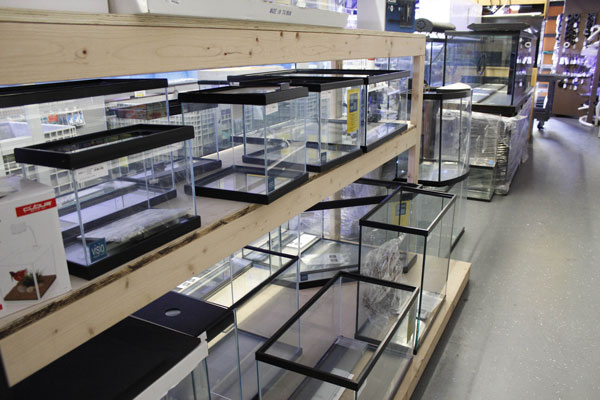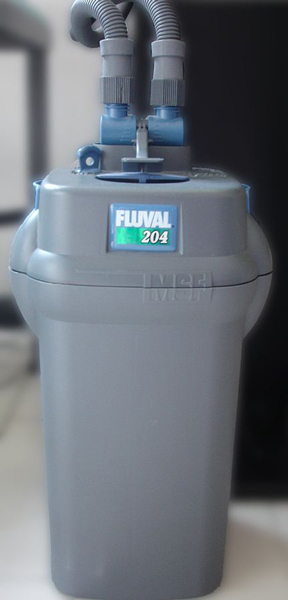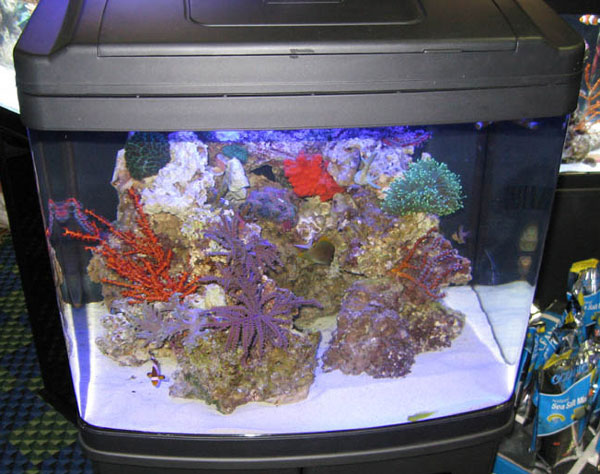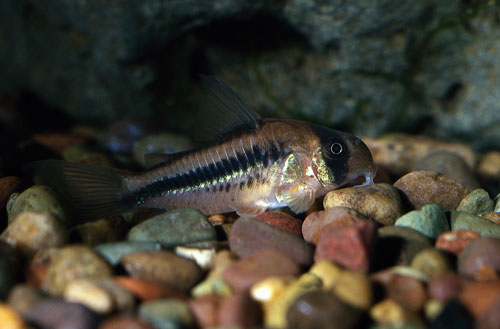Mild-mannered and merely an inch (2.5 cm) in length, a glittery little tropical fish is being credited with protecting an area of rainforest the size of the state of Pennsylvania, nearly 50,000 square miles (120,000 sq km).
If there is one Poster-Child-Species to inspire fishkeepers to help save tropical ecosystems, it is the Cardinal Tetra, Paracheirodon axelrodi, so named for its vivid scarlet belly coloration, suggestive of a cardinal's robes.
A glimmering beauty when well-fed and kept in schools of five or more, the Cardinal Tetra has for the past 50 years defied easy breeding in captivity, and its wild harvest has been supporting a vibrant community of fisherfolk living along the tributaries to the Amazon River, notably the Rio Negro and Orinoco Rivers.
Known as caboclos, these river-dwelling families who help supply the global trade in South American aquarium fishes number more than 1,000, with some 40,000 people dependent in one way or another on the collection trade based in Barcelos, Brazil, alone.
Enter the Aquacultured Cardinal
Now, after more than a half-century of wild collection, captive-bred Cardinals are making their way into the aquarium. Many observers fear this could lead to the collapse of the Rio Negro wild harvest, with severe consequences that go beyond the aquarium trade.
Scott Dowd, a researcher at the New England Aquarium, is one scientist urging home aquarists to think of the future of the Amazonian rainforests when buying their next Cardinal Tetra.
"Rural people in this region found this to be something they could base a livelihood on with very little investment," says Dowd in a recent article published in Americas by the Organization of American States. "This is an example of where people are able to live in the forest in harmony and perhaps even contribute to the long-term well-being of the forest."
Without a source of income from aquarium fishes, local people might be forced to turn to agriculture, cutting trees, and mining, according to local observers.
Project Piaba
Dowd and the New England Aquarium are supporters of Project Piaba, a community-based project started in 1989 to conserve and maintain the ornamental fishery at a commercially feasible, ecologically sustainable level.
It has been estimated that some 40 million Cardinal Tetras are captured and sold each year to aquarists in the U.S., Europe, Australia, and Asia. As a testament to the fecundity of the species and the ecosystem, this harvest has been studied by biologists and so far appears to be sustainable and unlikely to be a threat to local populations of the fish.
It is easily the most commercially important species collected from a region that also supplies a wide range of other freshwater aquarium fishes, including the: Marble Hatchetfish (Carnegiella stigmata), Rummynose Tetra (Hemigrammus rhodostomus), Redtail Catfish (Phractocephalus hemioliopterus), wood cats, knifefishes, numerous species of Loricariidae catfishes (e.g. Plecostomus, Royal Panaque), Trahira or Wolf Fish (Hoplias malabaricus), Flag Cichlid (Laetacara curviceps), Pike Cichlids (Crencichla ssp), Peacock Bass (Cichla spp.), Tatia cats, and many others.
Project Piaba is also involved in research on dwarf cichlids (Apistogramma sp.), genetic finger-printing of wild discus, and studies of the life history and fishery biology of freshwater stingrays and aruana (Osteoglossum spp.) to determine sustainable harvest limits. Additionally, they are working with local fisherfolk to improve the health and quality of the livestock they ship.
Other partners of Project Piaba include public aquaria, Brazilian governmental agencies, members of the ornamental fish industry, and the American Zoo and Aquarium Association (AZA). Early support came from the Herbert R. Axelrod Foundation and Tropical Fish Hobbyist Magazine.
Today, many hobbyist organizations donate proceeds from annual fish auctions to Project Piaba; noteworthy support has come from the Vancouver Aquatic Hobbyist Club and the Northeast Council of Aquarium Societies.
"Greenest Fish in the World"
Aquarists in some places have a choice between Cardinal Tetras farmed in Florida and Southeast Asia or fresh-from-the-jungle South American wild imports.
In an article in the journal Aquaculture, Dr. Michael Tlusty at The Edgerton Research Laboratory at the New England Aquarium, has said that the culture of ornamental fish species has its place, but argues that sustainable wild harvests must be protected and encouraged:
"In general, aquaculture production of ornamental species should be pursued when species are difficult to obtain from the wild, breeding supports a conservation program, there is some environmental benefit or elimination of environmental damage via the breeding program, or to enhance the further production of domesticated species.
"Aquaculture production of ornamental species should be avoided when it would replace a harvest of wild animals that maintains habitat, a cultural benefit, or an economic benefit."
Dr. Labbish Chao of the Federal University of Amazonas in Manaus, Brazil, initatied Project Piaba and is the Principal Investigator. He and Scott Dowd have worked with other scientists to create the Buy a Fish-Save a Tree Program, singling out certain fish species as the best choice for aquarists concerned about the environment.
Says Scott Dowd: "Sustainable ornamental fisheries is a model that's catching on as a means for economic driven environmental stewardship."
The Project Piaba team is off to India later this fall to work with researchers there with the hopes of helping to establish beneficial ornamental fisheries there as well.
"There's an argument to be made that the wild fish are even healthier and heartier coming from a product of natural selection," Dowd explains. "A lot of people say that even the colors of the wild fish are more brilliant."
"If you care about the environment, have we got a fish for you," Dowd says. "It's a red and blue fish, but it's the greenest fish in the world."

 Five Tips for Freshwater Aquarium Success
You spent countless hours researching the latest products to
Five Tips for Freshwater Aquarium Success
You spent countless hours researching the latest products to
 Canister Filters
In this article we will deal with a type of filter that many
Canister Filters
In this article we will deal with a type of filter that many
 Red Worms
Q. I’ve seen advertisements for red worms as a food for fish
Red Worms
Q. I’ve seen advertisements for red worms as a food for fish
 Marine Nano Tank Problems
Marine Nano Tank Problems
 Top 10 Fishkeeping Mistakes
Aquarists can say they’ve never made a mistake in their fish
Top 10 Fishkeeping Mistakes
Aquarists can say they’ve never made a mistake in their fish